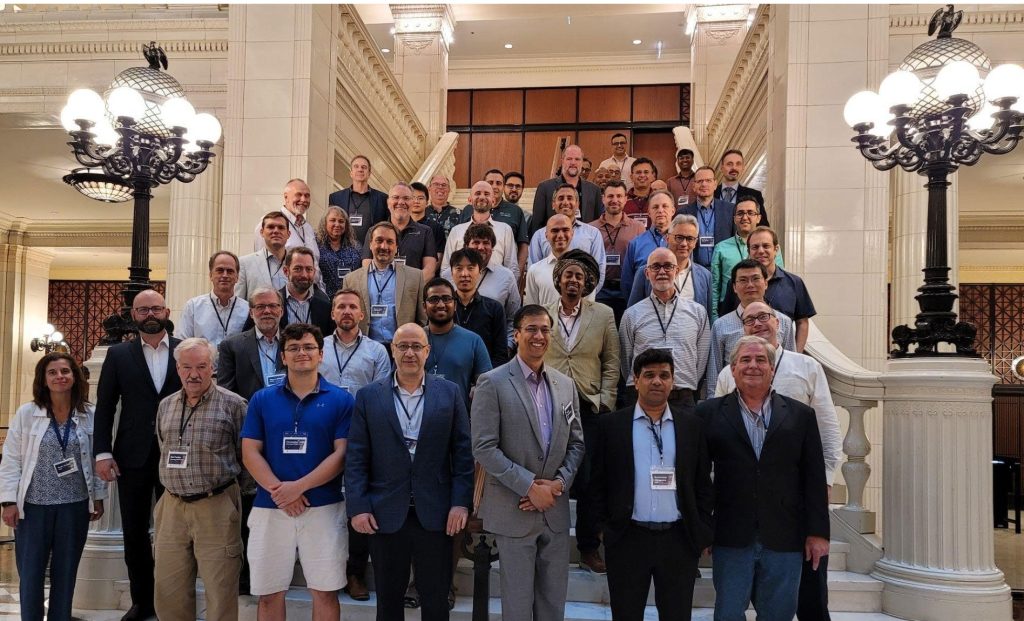Notre Dame’s Wireless Institute hosts Upper Midband Software Defined Radio Workshop
January 12, 2024
The University of Notre Dame’s Wireless Institute was asked to host the Upper Midband Software Defined Radio (SDR) Workshop sponsored by the National Science Foundation and the Office of the Undersecretary of Defense for Research and Engineering.
The workshop provided a forum to discuss what the next generation of software-defined radio should be to appeal to prototypers and researchers in wireless communication techniques for the 7-24 GHz bands (portions of the X, Ku, and K bands, collectively referred to as FR3).
Experts in modeling, system & software design, use cases, and radio-frequency hardware and techniques from a cross-section of industry, government, and academic institutions were invited to develop a vision for the SDR in these bands and shape a platform that could be a useful research tool. The attendees were divided into three broadly-defined groups: 1) Use cases, 2) Systems and Software, and 3) Hardware, according to their respective specialty areas. The workshop began with three keynotes and proceeded to “lightning talks” around use cases for the SDR intended to drive deeper discussions later in the day. The three groups then separately discussed issues deemed important within their respective areas.
The following observations and conclusions were reached during the workshop.
- Aim Higher: There is an opportunity for the design and development of upper midband SDR platforms that lead industry and defense organizations into new research directions and new commercial opportunities designed to accelerate innovation in the wireless industry.
- Keynotes: The keynote presentations detailed the importance of effective technological and policy advancements in using the FR3 band over the next ten years towards keeping the U.S. at the forefront of commercial and government wireless communication and radar systems.
- Use Cases: Use cases for the SDRs were varied but primarily divided into: (i) passive sensor platforms to enable spectrum monitoring and sharing; (ii) active sensing platforms for channel sounding and propagation studies; (iii) communication platforms for designing transmission and reception strategies; (iv) combined communication and radar platforms to study coexistence. Most use cases involved multiple radio-frequency chains, and the possibility of combined communication and radar coexistence was deemed a particular feature that should be supported in an SDR for the FR3 band.
- Systems and Software: The importance of “plug-and-play” and ease of use were considered paramount for allowing users with various levels of expertise to immerse themselves in using the SDRs. Ideally, a user should be required to be familiar with no more than a single language (such as Python) to perform even real-time functions. Past experience with SDR platforms has shown that their software ages quickly, and their difficulty of use discourages maintaining and updating the platform.
- Hardware: Cost, size, and power consumption were considered to be important factors, but most important was the ability to easily scale from few to many transceiver chains, especially in light of the need to overcome pathloss at the upper end of the FR3 band. Hence, modularity and ease of use were considered fundamental. There was an acknowledgment that much of the ability to lower cost to ~$10K and power to 10’s of Watts was dependent on the development of chipsets by commercial vendors in quantity. Just as important was the need to have extensive baseband processing capability to handle the transmitter and receiver functions that were likely to involve multiple radiofrequency chains. A universal recommendation was that an early hardware offering was essential to ensure the research community is ahead of industry and standards bodies working in the FR3 band. This early solution will likely be something basic, such as block converters for use with existing wideband sub-6 GHz SDRs.
The Upper Midband Software Defined Radio Workshop Final Report is organized as follows: first, the Keynotes are summarized. Then, the Breakout Sessions are presented in detail. The Appendices contain the list of participants, the workshop agenda, and a link to the “Lightning Talks” used at the workshop’s beginning to motivate the breakout sessions.

